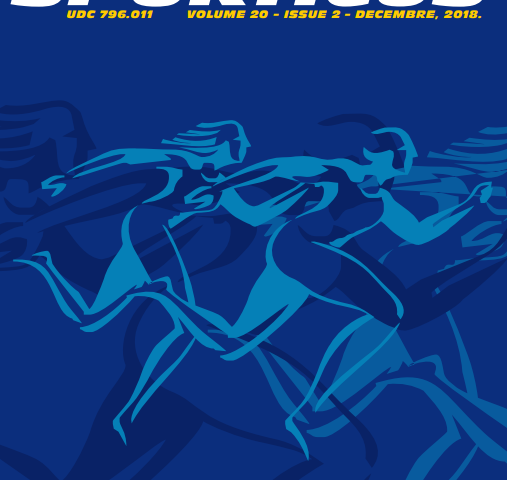Abstract
In practical kinesiology, be it in sports training or in classes of physical education, it is often necessary to split the total amount of subjects (relatively homogenous sample) into a smaller number of homogenous groups in order to both adjust and bring in line the exercise training programs with characteristics and abilities of individuals. The number of homogenous groups or taxa is an issue which is, in statistics, dealt with by means of procedures of classification that we call taxonomic or cluster analysis (Raío and Wolf, 2002). This research is an attempt to classify the total sample of 164 football players aged 12 to 14 described with six situational-motor abilities, in an optimum number of homogenous groups that have same or similar abilities. The aim of research was to display a model for objective selection making with young football players; creating preconditions for a better specific football training programming with this age group was also a focus of this study. Results show that five homogenous groups were isolated out of the total sample number of young football players; these are distinct in the number of subjects and their level of situational-motor abilities. Further analysis of the five isolated groups showed a latent structure of the research field; it is distinct on the basis of the number of isolated factors and the position of evident variables on these factors.


